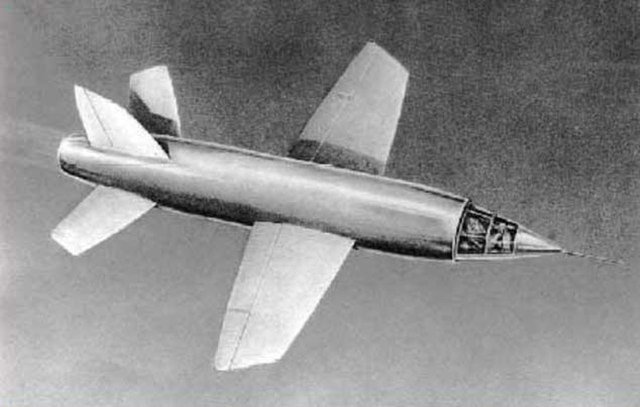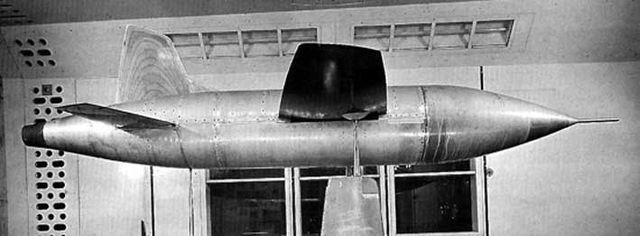The sound barrier or sonic barrier is the large increase in aerodynamic drag and other undesirable effects experienced by an aircraft or other object when it approaches the speed of sound. When aircraft first approached the speed of sound, these effects were seen as constituting a barrier, making faster speeds very difficult or impossible. The term sound barrier is still sometimes used today to refer to aircraft approaching supersonic flight in this high drag regime. Flying faster than sound produces a sonic boom.
U.S. Navy F/A-18 transonic pushing into the sound barrier. The supersonic white cloud is formed by decreased air pressure and temperature around the tail of the aircraft (see Prandtl–Glauert singularity).
A Spitfire PR Mk XI (PL965) of the type used in the 1944 RAE Farnborough dive tests during which a highest Mach number of 0.92 was obtained
The prototype Miles M.52 turbojet powered aircraft, designed to achieve supersonic level flight
One of the Vickers models undergoing supersonic wind-tunnel testing at the Royal Aircraft Establishment (RAE) around 1946
The speed of sound is the distance travelled per unit of time by a sound wave as it propagates through an elastic medium. At 20 °C (68 °F), the speed of sound in air is about 343 m/s, or one km in 2.91 s or one mile in 4.69 s. It depends strongly on temperature as well as the medium through which a sound wave is propagating. At 0 °C (32 °F), the speed of sound in air is about 331 m/s. More simply, the speed of sound is how fast vibrations travel.
An F/A-18 Hornet displaying rare localized condensation breaking the speed of sound




